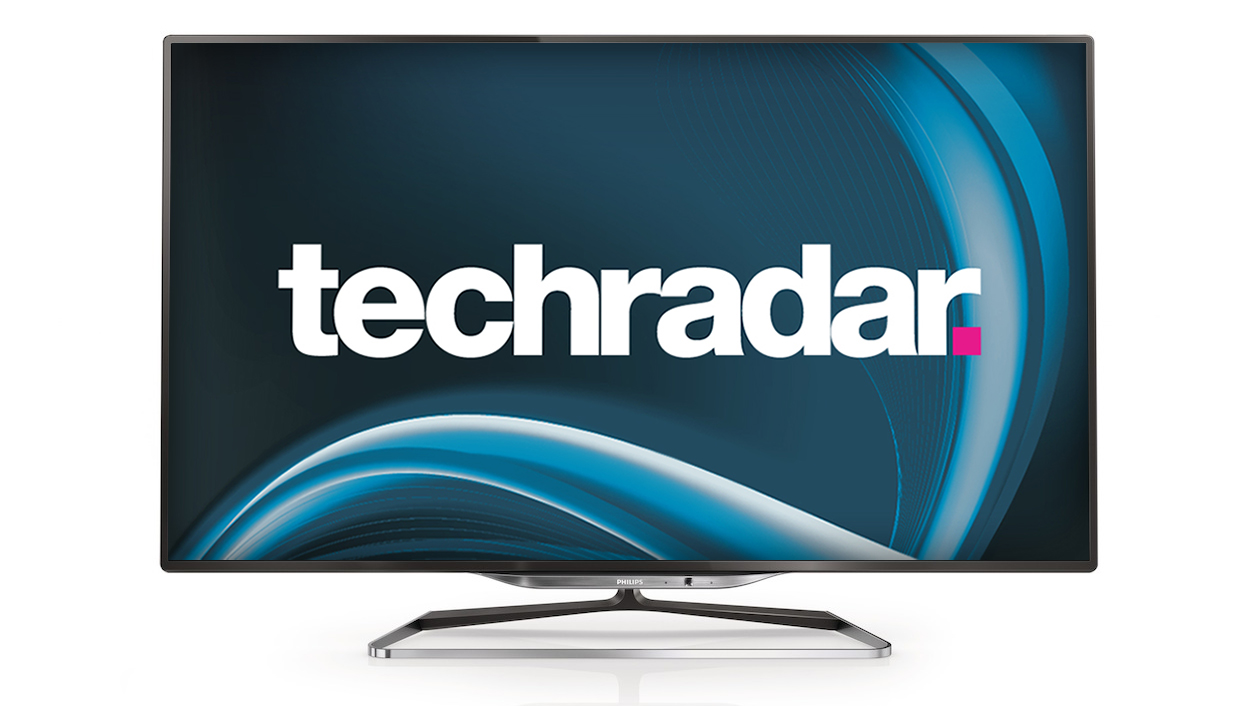Why you can trust TechRadar
Although this is a TV with enough tweaks and management decisions to make it a favourite among AV geeks, we're relieved to say that the Philips 46PFL8008S's picture presets - in particular Movie, ISF Day and ISF Night - all provide an excellent picture with no messing around. You'll find them in the Picture Style folder on the Info button.
That's a great thing to see on a Philips TV, and the good news doesn't stop there, because the Philips 46PFL8008S at its best is virtually unbeatable. It hosts a supremely detailed image the like of which we've not seen before.
There's always a danger with LCD panels that this clarity can disappear with fast motion, but that's not the case here, and that's largely down to the 200Hz panel, which managed some pretty fluid images during our frenetic test disc of Star Trek.
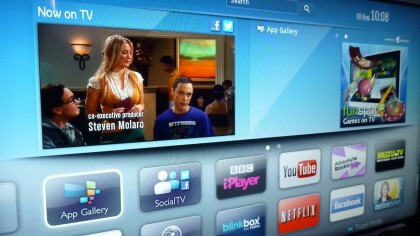
Those sickened by the sight of on-screen judder ought to head to the menu's Perfect Natural Motion frame interpolation feature. Such technology - which is designed to retain the detailed image during fast-moving scenes and remove visible judder - often falls over by introducing a raw video-like high frame rate look as well as various artefacts around moving objects and actors.
For 2013 it seems that most manufacturers have at last got to grips with frame interpolation, and that includes Philips. Perfect Natural Motion left on its Minimum setting creates a very clean and precise image whose created fluidity is easy on the eye. There is the odd flicker or tear around fast-moving objects, but it's rare.
However, the picture is better than smooth. We're talking an immensely wide and carefully graded colour palette that is built around the Philips 46PFL8008S's core contrast and black levels.
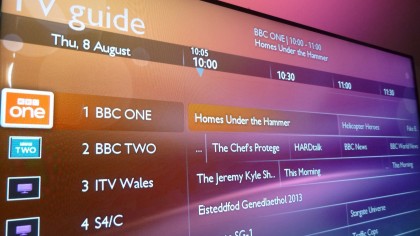
With no LED light leakage to contend with, this edge-lit LED panel plays host to a dizzyingly deep interpretation of jet black that often contains plenty of shadow detail.
We did notice some glare from tiny bright objects when viewed on a jet black background (a panoramic of a city at night shows this up), though, as well as a viewing angle that isn't the widest in town.
Another key skill of the Philips 46PFL8008S is upscaling. Our aging test DVD of The West Wing looks really clean and involving, despite the massive drop in detail, while even some VGA-sized videos from YouTube are watchable despite the obvious digital blocking.
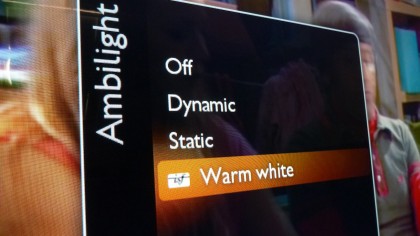
As if the Philips 46PFL8008S's depth charges weren't enough, it's got Max 3D, too - active shutter in our language. This system uses two frames of Full HD video instead of the half-res polarised screens (which also happens to be common within Philips' lineup of TVs), and the added effect is palpable.
The 2D to 3D mode is hit-and-miss, showing graphics in a wobbly, confusing manner, but a close-up of some waterfalls while watching Orbit look stunning. 3D conversion appears to be a feature that's worth considering, especially since it works on any source.
Still, our natively 3D test disc Hugo is better - gorgeous, in fact - with the Philips 46PFL8008S displaying even more contrast than in 2D mode. Once again we preferred to engage Perfect Natural Motion, and the way it removes judder from the opening sequence of Paris panoramic scenes is just impossible to resist.
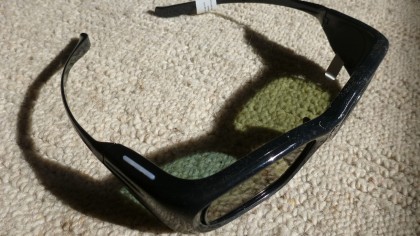
It's a largely crosstalk-free performance, too (if you ignore the option to increase 3D depth), though naysayers will argue that the paltry two pairs of 3D specs aren't nearly as comfortable as the polarised 3D system.
They also let in a lot of reflections, which buoys-up claims that the Philips 46PFL8008S is best used in home cinema blackout conditions.
Its stunning colours, detail, motion and especially black levels back up that impression still further.
Jamie is a freelance tech, travel and space journalist based in the UK. He’s been writing regularly for Techradar since it was launched in 2008 and also writes regularly for Forbes, The Telegraph, the South China Morning Post, Sky & Telescope and the Sky At Night magazine as well as other Future titles T3, Digital Camera World, All About Space and Space.com. He also edits two of his own websites, TravGear.com and WhenIsTheNextEclipse.com that reflect his obsession with travel gear and solar eclipse travel. He is the author of A Stargazing Program For Beginners (Springer, 2015),
